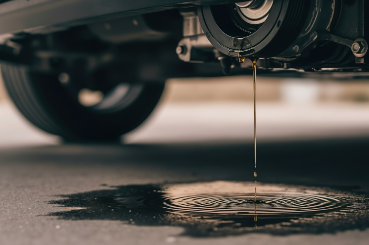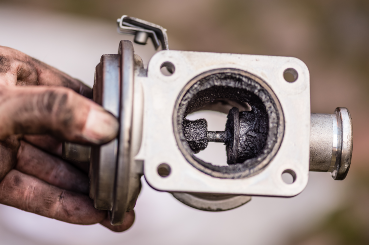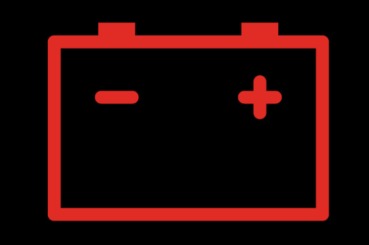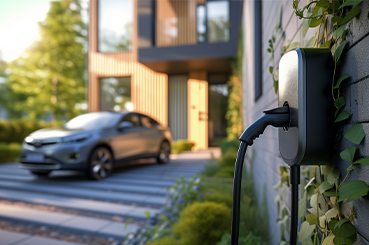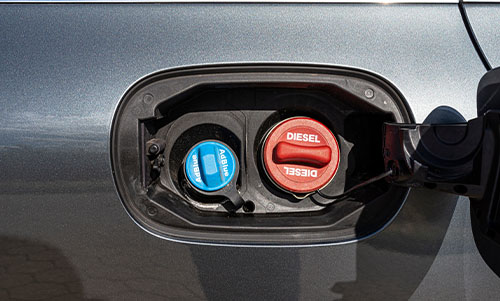
AdBlue is a solution of urea in water that treats exhaust gases and removes harmful pollutants including Nitrogen Oxides (NOx) of which Nitric Oxide (NO) and Nitrogen Dioxide (NO2) are the most harmful. Both gases have been found to contribute to respiratory and cardiac issues in humans as well as contributing to environmental problems such as smog formation and acid rain.
AdBlue is made up of around 67.5% deionised water and 32.5% urea. The urea is from man-made sources generated by exposing synthetic ammonia and carbon dioxide to heat. It is a non-toxic, non-flammable, odourless and biodegradable substance making it the ideal solution in an increasingly environmentally-conscious climate.
Since May 2018, AdBlue systems are now checked as part of a cars MOT.
What does AdBlue do?
AdBlue is designed to treat exhaust gases by removing and reducing the expulsion of harmful pollutants. Manufacturers utilise an advanced Selective Catalytic Reduction (SCR) emissions system which injects AdBlue through the SCR into the exhaust stream of diesel engines.
Due to the high temperatures within the exhaust system when AdBlue comes into contact with the exhaust emissions it causes a chemical reaction. This reaction results in the breakdown of harmful nitrogen oxides within the exhaust fumes into harmless nitrogen and oxygen gases. This process helps to significantly reduce the harmful pollutants emitted by diesel engine vehicles.
What cars use AdBlue?
The SCR and AdBlue system is only used in diesel engines. This is because petrol engines do not emit the same nitrogen oxide gases produced by diesel engines.
AdBlue was first used in commercial diesel vehicles including trucks, coaches and vans in 2004. However, many car companies did not introduce this technology within their models until the introduction of stricter Euro 6 emission regulations in 2016. Since then the majority of 1.6-litre or above diesel engine car models now come fitted with SCR and AdBlue technology, in order to be able to meet these stricter emissions standards.
There is often a clue within the name of the engine of the vehicle as to whether it includes an SCR and requires AdBlue for example, Peugeot’s AdBlue models are known as BlueHDi engines.
When you are buying a new car the dealer should make you aware of whether the car requires AdBlue. However, if you are in any doubt as to whether your car has an SCR system and requires AdBlue check your vehicles handbook.
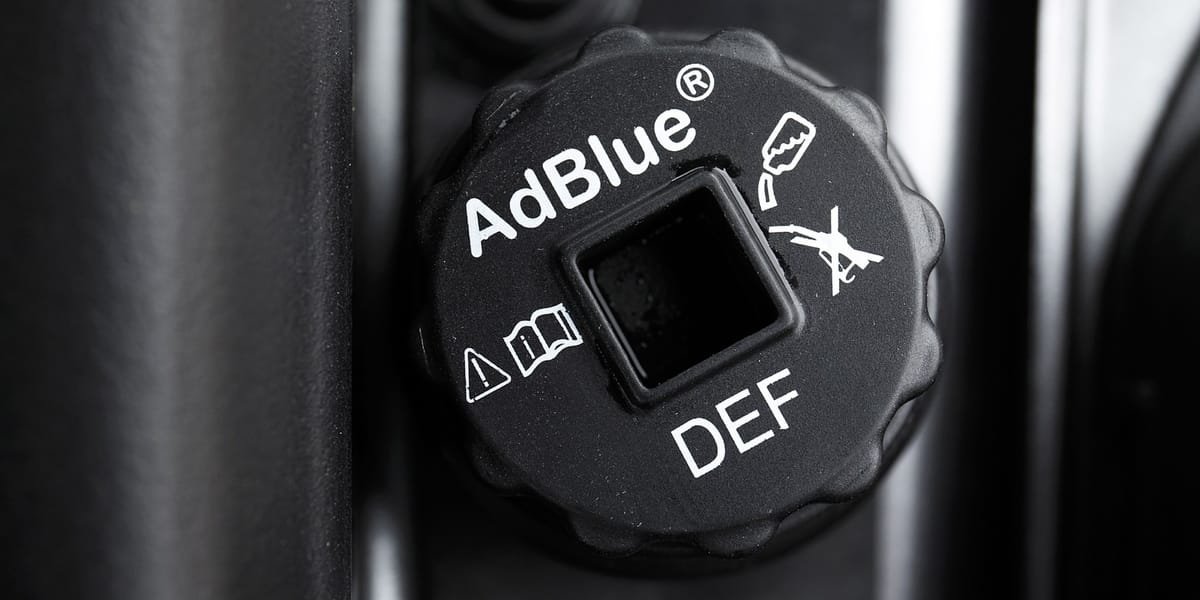
How do you refill AdBlue?
The important thing to remember when filling up with AdBlue is that it is not a fuel additive and should never be mixed with your fuel. It has its own separate tank and is only introduced to exhaust fumes it never comes into contact with fuel.
Most manufacturers have placed the AdBlue filler cap next to the diesel fuel cap and have used a blue coloured filler cap which stands out from the black diesel fillet cap. Some manufacturers have even placed the AdBlue filler cap in a completely different place like the boot, engine compartment or the spare wheel hub to help avoid confusion.
Whilst most AdBlue filler caps simply twist open, some cars will require you to use a wheel brace to undo the cap.
AdBlue is now widely available at fuel stations, with large fuel stations often having AdBlue available on a pump so you fill up in much the same way as petrol or diesel. Smaller fuel stations generally have AdBlue for sale in sealed containers that have been specifically designed with a filler nozzle so you can fill up with no drips or spills. AdBlue is also widely available at main dealers and car accessories shops.
If in any doubt the full instructions for filling up your AdBlue should be available in your vehicle handbook.
Top Tips for Refilling AdBlue:
It is not advisable to keep a half-empty container of AdBlue in your garage as once opened air will contaminate the substance and reduce its effectiveness.
BE CAREFUL – AdBlue can damage paintwork so try to avoid spilling on your vehicle. AdBlue can cause damage to your interior so it is best not to travel around with a container, simply fill up as and when required at the fuel station.
While not considered harmful to humans if you do get AdBlue on your hands it is important to make sure you wash them thoroughly, as it can cause skin irritation or even an allergic reaction.
When Do You Need To Top AdBlue Up?
AdBlue is used quite sparingly by your vehicle, however, the rate of consumption will vary depending on your car, driving style, length and type of journey, road and weather conditions and laden weight of the vehicle. As with fuel, generally, the more economical you drive the longer the AdBlue is likely to last.
AdBlue tank sizes vary from model to model but can typically hold between five to twenty litres. Peugeot estimates that their vehicles will manage around 12,000 miles before needing refilling, which ties in with the service interval. However, as mentioned this will vary depending on how you drive.
It’s fairly difficult to run out of AdBlue as your car monitors the amount you have and will set off a dashboard warning light as the level drops. Most cars give you plenty of notice and will initiate the warning light with around 1,500-miles remaining. Often the only way to remove the warning light is to top up with AdBlue.
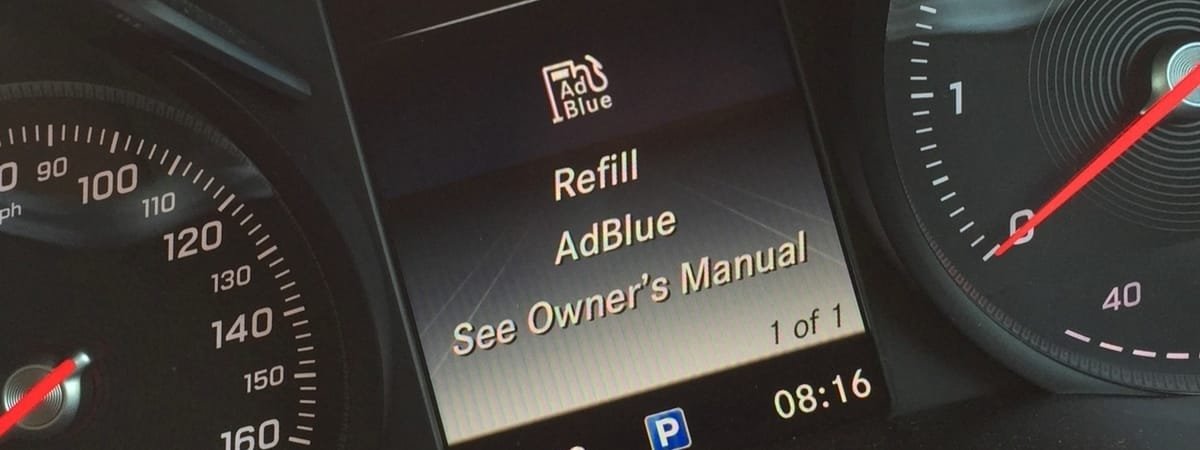
It is important to heed the AdBlue warning light as once all of the AdBlue is used the car will not start. The idea behind this is to prevent you driving without AdBlue so that emissions are kept to a minimum. Many people worry that this may mean their car will cut out on them while driving, leaving them stranded. However, this is an unnecessary fear as the car will only not start once the engine has been turned off and there is no AdBlue remaining. So you will be able to keep going until you get to a fuel station, turn off the engine, top up the AdBlue and continue your journey with no problems.
How much does it cost to refill AdBlue?
The cost of AdBlue can vary from place to place. Prices start at around £5 for 4.7 litres in a container with the average price being around £1.50 a litre. Buying directly from a pump is usually cheaper with the cost dropping to around 60p per litre.
Some manufacturers like Peugeot have tried to tie the replenishment of AdBlue with your normal service schedule and charge a fixed amount for this in addition to the service cost. While other manufacturers will include an AdBlue top up as part of the cost of fixed-price service.
If you have any questions about AdBlue, you can visit your local Stoneacre Garage, or simply call our friendly team on 01405 744 192 and they’ll be happy to help.
